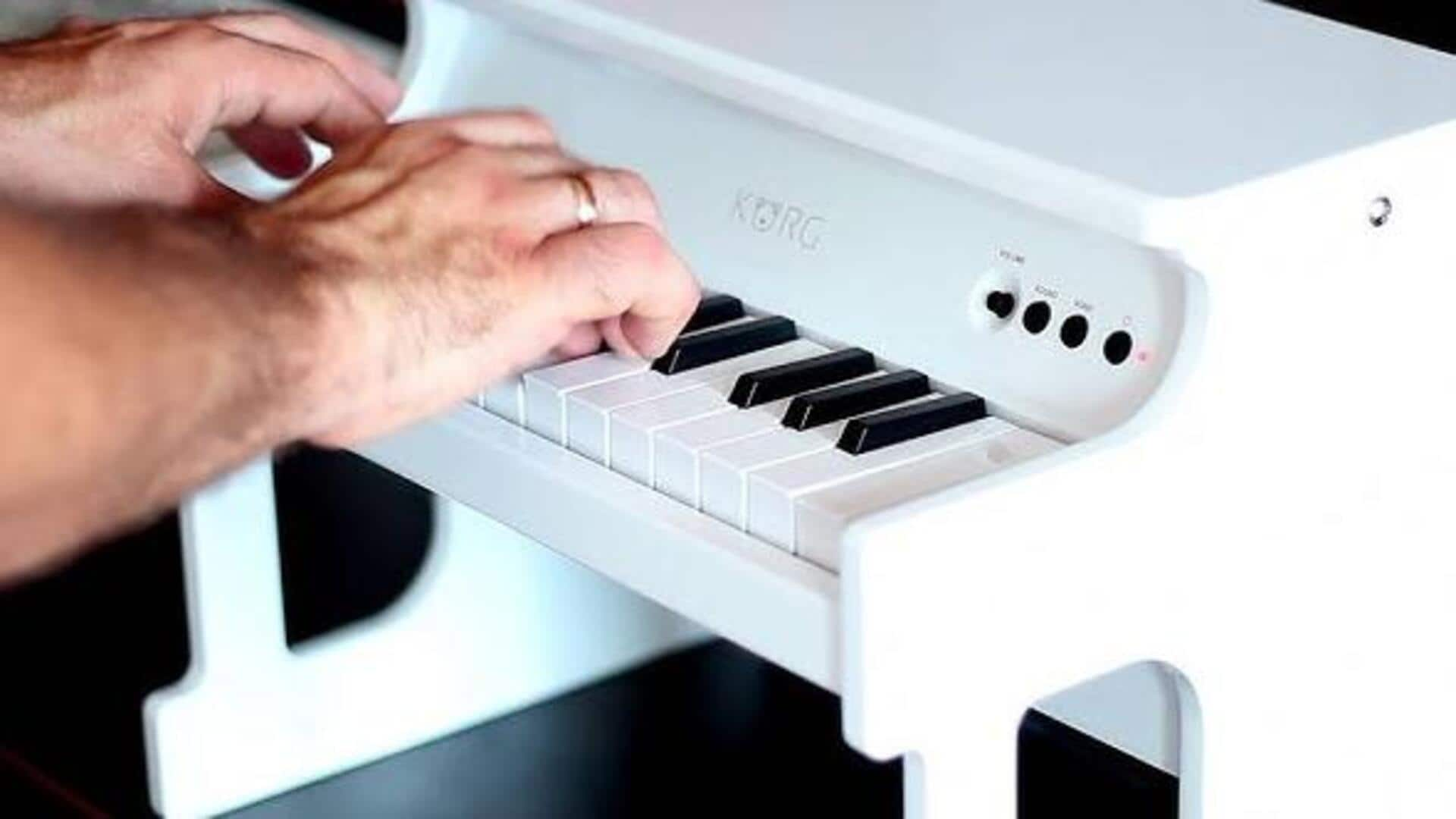
Exploring toy piano and its unique sound
What's the story
Often dismissed as a mere child's toy, the toy piano has emerged as a surprisingly versatile instrument for composing music. This article offers valuable tips for those intrigued by its unique sound. Don't be fooled by its diminutive size - the toy piano is a giant when it comes to inspiring creativity and innovation in music.
Basics
Understanding the instrument
Before you start composing, it's important to familiarize yourself with the toy piano's unique features. Unlike a regular piano, toy pianos have a smaller range of keys, typically 25 to 37. Instead of using strings, they create sound by striking metal rods or bars, which gives them a distinctive bell-like tone. This characteristic sound can lead to compositions that are very different from those written for conventional pianos.
Melody
Starting with simple melodies
Keeping it simple with melodies is the key to successful toy piano composition. Its constrained range and peculiar timbre imply that intricate harmonies will only overpower its appeal. Writing concise, memorable melodies that emphasize the instrument's playful character is advantageous. This approach familiarizes composers with its strengths and weaknesses, assisting them in producing music that accentuates the toy piano's unique sound.
Techniques
Experimenting with techniques
To unlock the true potential of the toy piano, don't be afraid to experiment with different playing techniques. Plucking the rods directly or using objects to strike or mute them can create a whole new palette of sounds, adding depth and texture to your compositions. Plus, using extended techniques like bowing the rods can create otherworldly soundscapes, pushing the boundaries of what this instrument is capable of.
Electronics
Incorporating electronics
Adding electronic elements is another way to supercharge your compositions with the toy piano. By amplifying its sound and applying effects processing like reverb or delay, you can morph the toy piano into a whole new instrument, full of unanticipated textures and atmospheres. This blending of acoustic and electronic sounds offers a vast playground for experimentation and innovation in your compositions.
Collaboration
Collaborating with performers
Working closely with performers who specialize in or have experience with toy piano can be incredibly beneficial in understanding what is technically possible and musically effective on the instrument. Such collaborations not only expand your knowledge but also stimulate creativity through immediate feedback and the exchange of ideas with seasoned players.